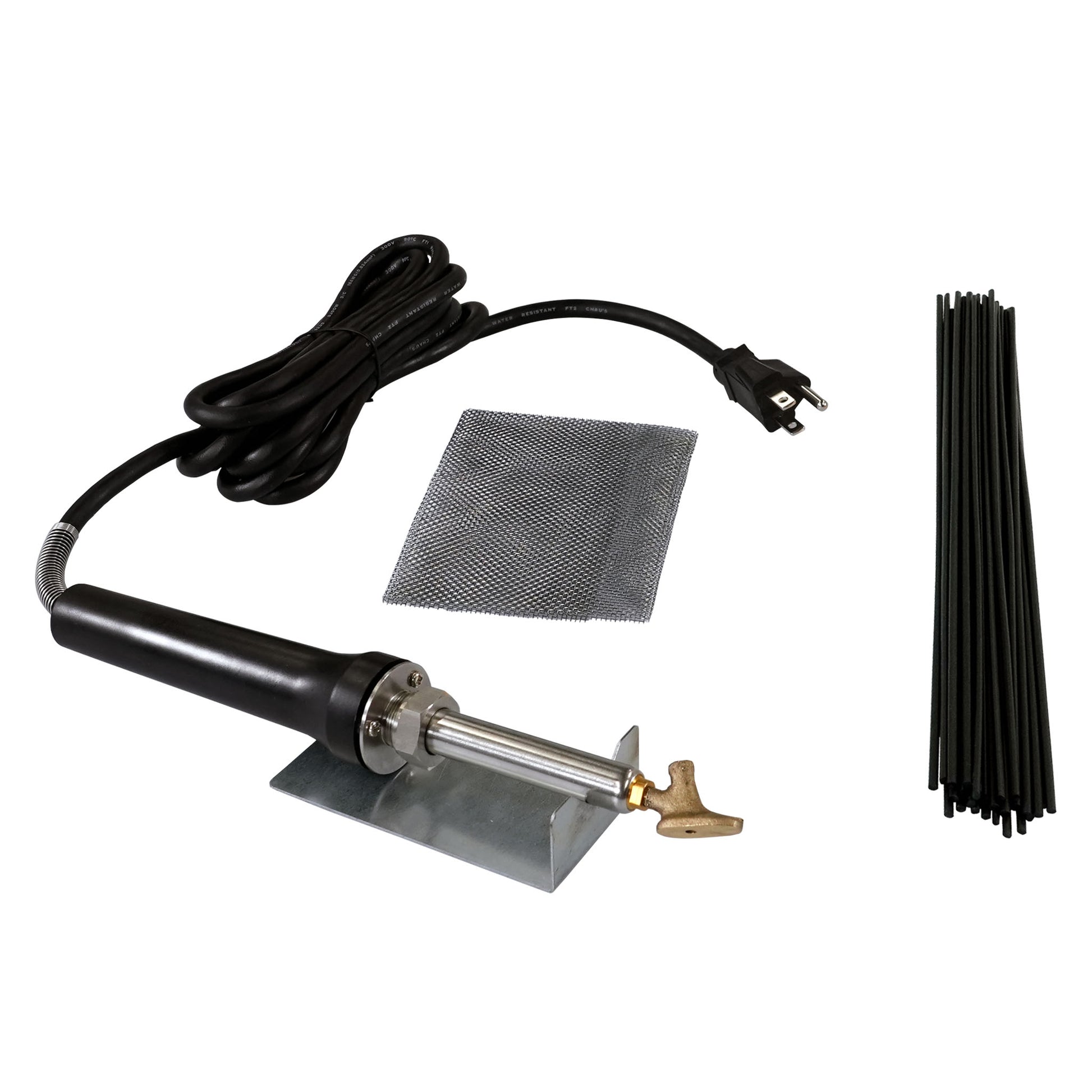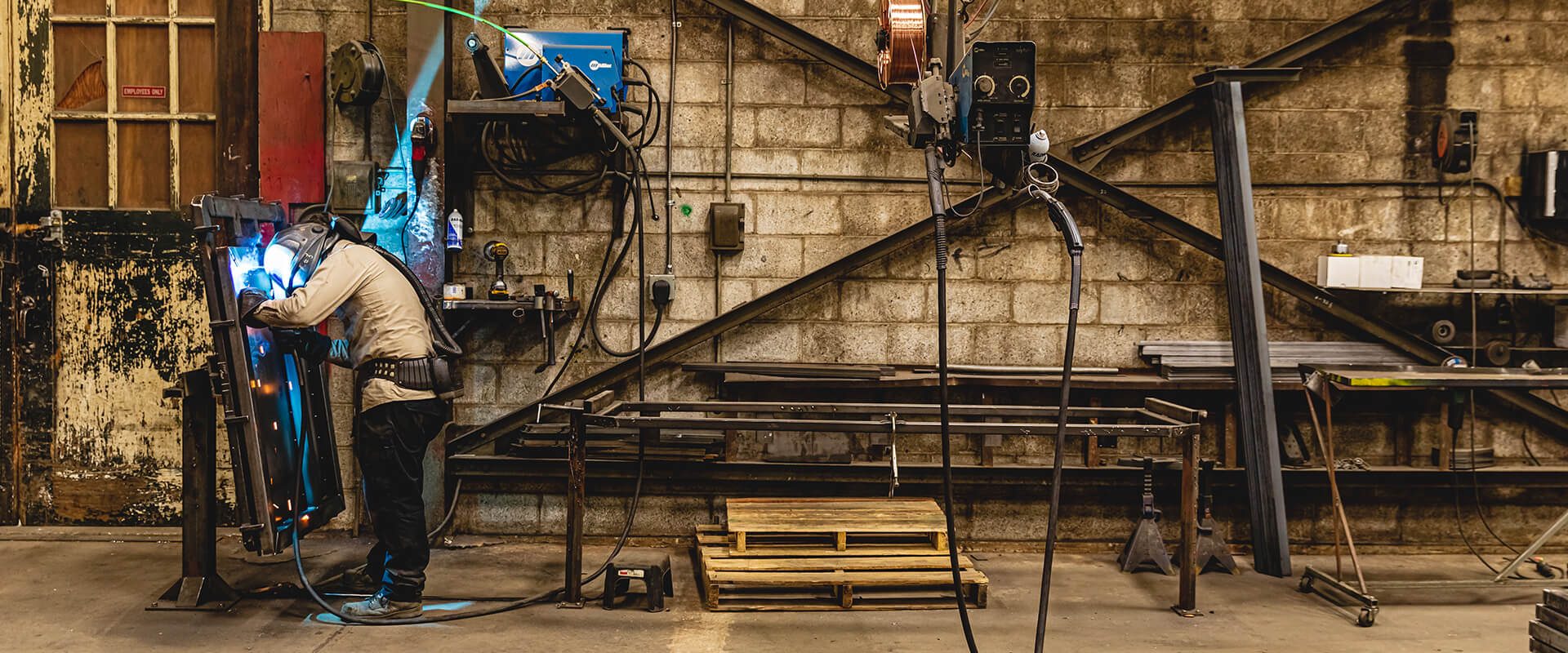Typical Welding Repair Service Issues and Just How to Address Them Properly
Welding fixings frequently come across a variety of issues that can threaten the stability of the end product. Common issues consist of poor infiltration, porosity, and misalignment, to name a few. Each problem presents distinct obstacles that call for details methods for resolution. Recognizing these concerns is necessary for welders intending to boost their abilities and end results. This conversation will certainly explore these typical welding fixing concerns and efficient techniques to address them.
Insufficient Infiltration
Insufficient infiltration happens when the weld steel stops working to fully fuse with the base material, causing weak joints and possible structural failures. This concern typically originates from not enough warmth input, wrong electrode angle, or improper welding rate. Welders might run into insufficient penetration due to a miscalculation of the required parameters for a particular product thickness or kind. In addition, contamination on the base product's surface area can impede effective bonding, worsening the problem. To attend to poor penetration, welders ought to guarantee ideal setups on their equipment and maintain a tidy work surface. Regular examination of welds is suggested to recognize any kind of deficiencies early, permitting prompt improvements and the prevention of jeopardized architectural honesty in bonded settings up.
Porosity
Porosity is a typical defect in bonded joints that materializes as tiny gas bubbles entraped within the weld steel. This issue can jeopardize the stability of the weld, bring about minimized stamina and possible failure under stress and anxiety. Montana Mobile Welding and Repair Belgrade Fabrication. Porosity typically develops from contamination, moisture, or incorrect welding techniques, which enable gases to escape into the molten weld swimming pool. To deal with porosity, welders ought to assure correct surface prep work, maintain a tidy workplace, and utilize suitable welding specifications. Additionally, selecting the best filler product and shielding gas can reduce gas entrapment. Routine assessment and screening of welds can assist recognize porosity early, assuring timely restorative activities are taken, thus maintaining the high quality and dependability of the welded structure
Misalignment
Imbalance in welding can occur from different variables, including inappropriate setup and thermal expansion. Recognizing the origin causes is important for effective resolution. Several modification strategies are readily available to realign elements and assure architectural stability.
Root causes of Misalignment
Welding imbalance usually comes from a range of underlying problems that can jeopardize structural integrity. One primary cause is inappropriate fit-up of parts before welding, which can lead to spaces and uneven surface areas. Variations in thermal growth throughout the welding process can likewise result in distortion, particularly if the materials being joined have various coefficients of development. In addition, poor securing and fixturing may fail to hold components firmly in position, resulting in motion during welding. Poorly conserved tools, consisting of welding devices and devices, may introduce inconsistencies in the weld grain, more adding to misalignment. Driver mistake, stemming from not enough training or experience, can additionally play a significant duty in creating misaligned welds.

Adjustment Techniques Available
Addressing misalignment successfully requires a mix of corrective methods tailored to the particular concerns available. One common approach is using jigs or fixtures to hold parts in the appropriate setting during welding, making sure constant positioning. Additionally, pre-heating the materials can help in reducing distortion and improve fit-up. For considerable misalignment, mechanical realignment methods, such as utilizing hydraulic jacks or clamps, can be employed to correct the placement before welding. Post-weld warm therapy may likewise be needed to ease anxieties triggered by imbalance. Mindful evaluation and modification during the arrangement stage can avoid misalignment problems from becoming substantial issues, promoting a smoother welding process and boosting general architectural honesty.
Distortion
Distortion is a common difficulty in welding that can develop from various variables, including irregular home heating and air conditioning. Recognizing the sources of distortion is necessary for implementing reliable avoidance methods. Addressing this concern not just improves structural stability but also improves the overall top quality of the weld.
Root causes of Distortion
When subjected to the intense warm of welding, products often undertake adjustments that can lead to distortion. This phenomenon mainly arises from thermal growth and tightening during the welding procedure. As the weld location heats up, the material increases; upon cooling, it contracts, which can create internal tensions. Additionally, uneven home heating throughout a workpiece can aggravate these stresses, resulting in warping or flexing. The kind of product likewise plays a significant duty; steels with varying thermal conductivity and coefficients of development might react differently, leading to uncertain distortions. Moreover, inadequate joint design and poor fixturing can add to imbalance throughout welding, raising the probability of distortion. Understanding these causes is essential for efficient welding repair work and prevention strategies.
Avoidance Techniques
Effective avoidance strategies for distortion throughout welding focus on regulating warmth input and making certain appropriate joint style. Preserving a constant warm input assists to reduce thermal development and contraction, which can result in distortion. Utilizing methods such as preheating the workpiece can also decrease the temperature gradient, promoting consistent home heating. In addition, selecting suitable joint layouts, such as T-joints or lap joints, can improve security and reduce anxiety focus. Applying proper fixturing to protect the work go to my blog surfaces in location additionally aids in preserving alignment throughout the welding process. Lastly, staggered welding sequences can distribute heat much more evenly, stopping localized distortion. By using these methods, welders can substantially lower the possibility of distortion and enhance the general high quality of their welds.
Breaking
Cracking is a common problem run into in welding repairs, frequently resulting from various aspects such as incorrect cooling rates, product selection, or inadequate joint preparation. The occurrence of fractures can significantly endanger the integrity of the weld, causing prospective failures throughout operation. To address this issue, welders need to first examine the root causes, ensuring that materials are suitable and suitably picked for the details application. Additionally, controlling the air conditioning price throughout the welding procedure is essential; quick air conditioning can generate tension and cause fracturing. Proper joint style and prep work likewise contribute to lessening the threat. Implementing these approaches can improve weld quality and resilience, ultimately reducing the chance of fracturing in completed weldments.
.jpeg)
Incomplete Fusion
A considerable concern in welding repairs is incomplete fusion, which occurs when the weld steel does not sufficiently bond with the base product or previous weld passes - Montana Mobile Welding and Repair. This issue can cause weaknesses in the joint, potentially compromising the stability of the welded framework. Variables contributing to incomplete fusion include insufficient warmth input, improper welding technique, and contamination of the surfaces being joined. To resolve this problem efficiently, welders should guarantee correct pre-weld cleaning and surface area prep work, in addition to readjust their welding parameters to attain adequate infiltration and blend. Routine evaluation throughout the welding procedure can additionally help determine insufficient combination early, enabling prompt restorative steps to enhance the overall quality of the weld
Overheating
While welding fixings can boost structural learn this here now stability, overheating presents a considerable difficulty that can cause material deterioration. Extreme heat during welding can modify the mechanical residential properties of steels, resulting in minimized stamina, boosted brittleness, and warping. This phenomenon is particularly essential in high-stress applications where structural dependability is paramount. Determining getting too hot can entail aesthetic evaluations for discoloration or distortion, in addition to keeping an eye on temperature during the welding procedure. To reduce the risks related to getting too hot, get more welders ought to utilize proper strategies, such as regulating heat input, adjusting traveling speed, and utilizing suitable filler products. In addition, implementing pre- and post-weld warmth therapies can aid recover material residential properties and boost the total top quality of the repair work, guaranteeing long-term performance and safety.
Regularly Asked Inquiries
What Are the Typical Indicators of a Welding Problem?

How Can I Evaluate My Welds for High quality?
To evaluate welds for quality, one can make use of visual evaluations, ultrasonic testing, and radiographic approaches. Each technique ensures architectural integrity, recognizes defects, and confirms adherence to defined criteria, eventually boosting the integrity of the welded joints.
What Safety and security Preventative Measures Should I Take While Welding?
When welding, one should prioritize safety by wearing suitable individual protective devices, making certain appropriate ventilation, protecting combustible materials away, maintaining a tidy work area, and recognizing environments to stop injuries and mishaps.
Can I Fix a Weld Without Redoing the Entire Joint?
Fixing a weld without renovating the whole joint is possible, depending upon the damages (Fabrication). Strategies such as grinding, including filler product, or utilizing a welding procedure can effectively address details problems while protecting the surrounding framework
What Equipment Are Essential for Reliable Welding Repair Works?
Important tools for reliable welding repair services consist of a welding equipment, wire brush, grinder, protective gear, clamps, and filler products. Each device plays an important function in making sure top quality and safety and security during the repair process. Porosity commonly occurs from contamination, dampness, or improper welding strategies, which allow gases to run away into the molten weld pool. Inadequately kept tools, including welding machines and tools, might introduce disparities in the weld grain, further contributing to imbalance. When subjected to the extreme warmth of welding, materials typically undertake modifications that can lead to distortion. Splitting is a typical concern experienced in welding fixings, typically resulting from various elements such as inappropriate cooling prices, product choice, or poor joint preparation. A significant problem in welding repair work is insufficient combination, which happens when the weld steel does not adequately bond with the base product or previous weld passes.